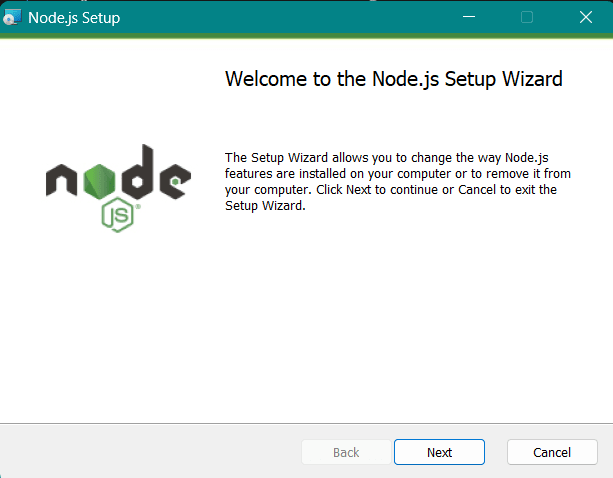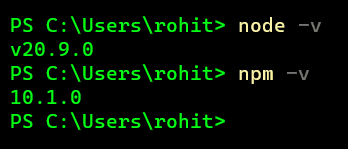Node.js, an open-source, cross-platform JavaScript runtime, has become an essential tool for developers building server-side applications. Whether you're an aspiring web developer or a seasoned pro, this blog post will guide you through the process of downloading and installing Node.js on your system. Follow these steps, and you'll be well on your way to leveraging the full potential of JavaScript beyond the browser.
Step 1: Visit the Node.js Website:
Open your web browser and navigate to the official Node.js website at https://nodejs.org/. On the homepage, you'll find the "Downloads" tab.
For Windows Users:
Step 2: Choose the LTS Version:
The website typically offers two versions: LTS (Long-Term Support) and Current. For most users, it's recommended to download the LTS version, as it is stable and well-supported. Click on the LTS version to proceed.
Step 3: Download the Installer:
On the LTS download page, you'll find installers for Windows. Choose the appropriate installer for your system (32-bit or 64-bit) and click on the download link.
Step 4: Run the Installer:
Once the download is complete, locate the installer file and run it. Follow the on-screen instructions to complete the installation. You may leave the default settings unless you have specific preferences.
Step 5: Verify the Installation:
Open a command prompt and type the following commands to confirm that Node.js and npm (Node Package Manager) have been successfully installed:
node --version
npm --version
For macOS Users:
Step 2: Choose the LTS Version:
Similar to the Windows instructions, select the LTS version from the Node.js website.
Step 3: Download the Installer:
On the LTS download page, you'll find the macOS installer. Click on the download link to save the installer file.
Step 4: Run the Installer:
Locate the installer file and run it. Follow the on-screen instructions to complete the installation.
Step 5: Verify the Installation:
Open the terminal and type the following commands to confirm the installation:
node --version
npm --version
For Linux Users:
Step 2: Use the Package Manager:
On many Linux distributions, you can install Node.js using the package manager. For example, on Ubuntu, use the following commands:
sudo apt-get update
sudo apt-get install nodejs
sudo apt-get install npm
Step 3: Verify the Installation:
Open a terminal and type the following commands to confirm the installation:
node --version
npm --version
Congratulations! You've successfully installed Node.js on your system, and you're now equipped to build powerful server-side applications using JavaScript. Whether you're developing web servers, APIs, or exploring the world of JavaScript-based technologies, Node.js opens up a wealth of possibilities. Stay tuned for more tutorials and dive into the exciting realm of server-side JavaScript development!
Happy Coding!!






Top comments (0)